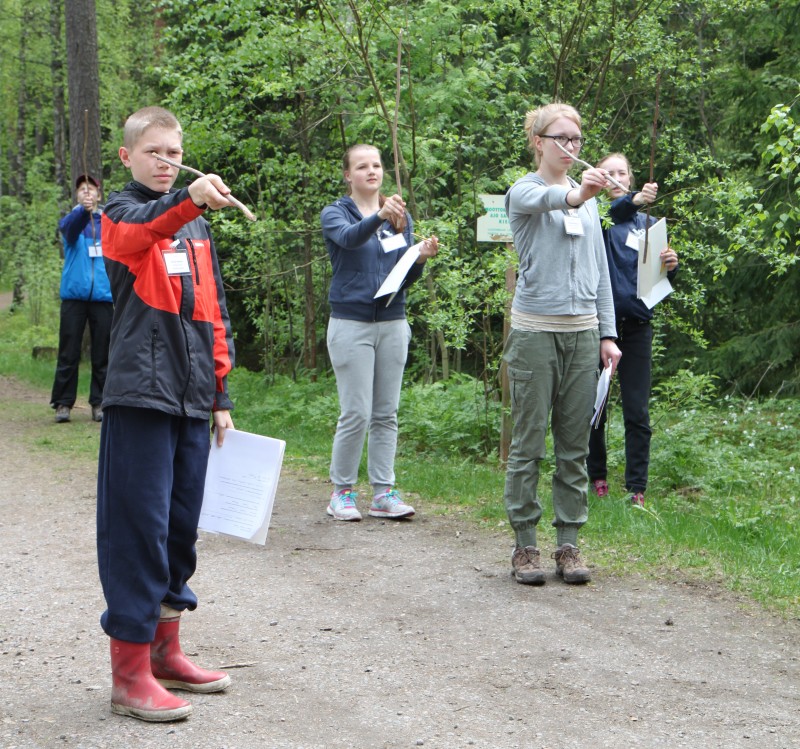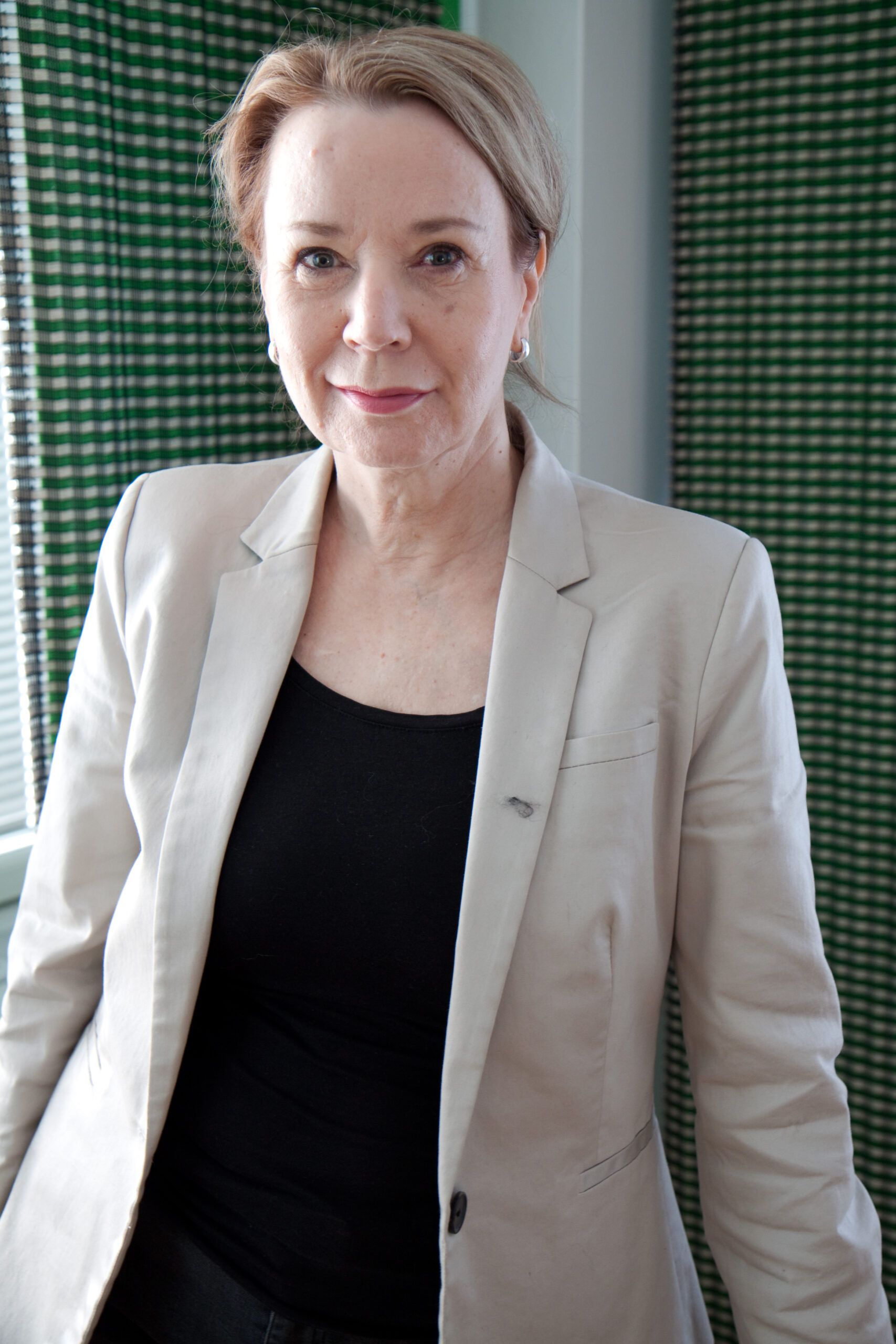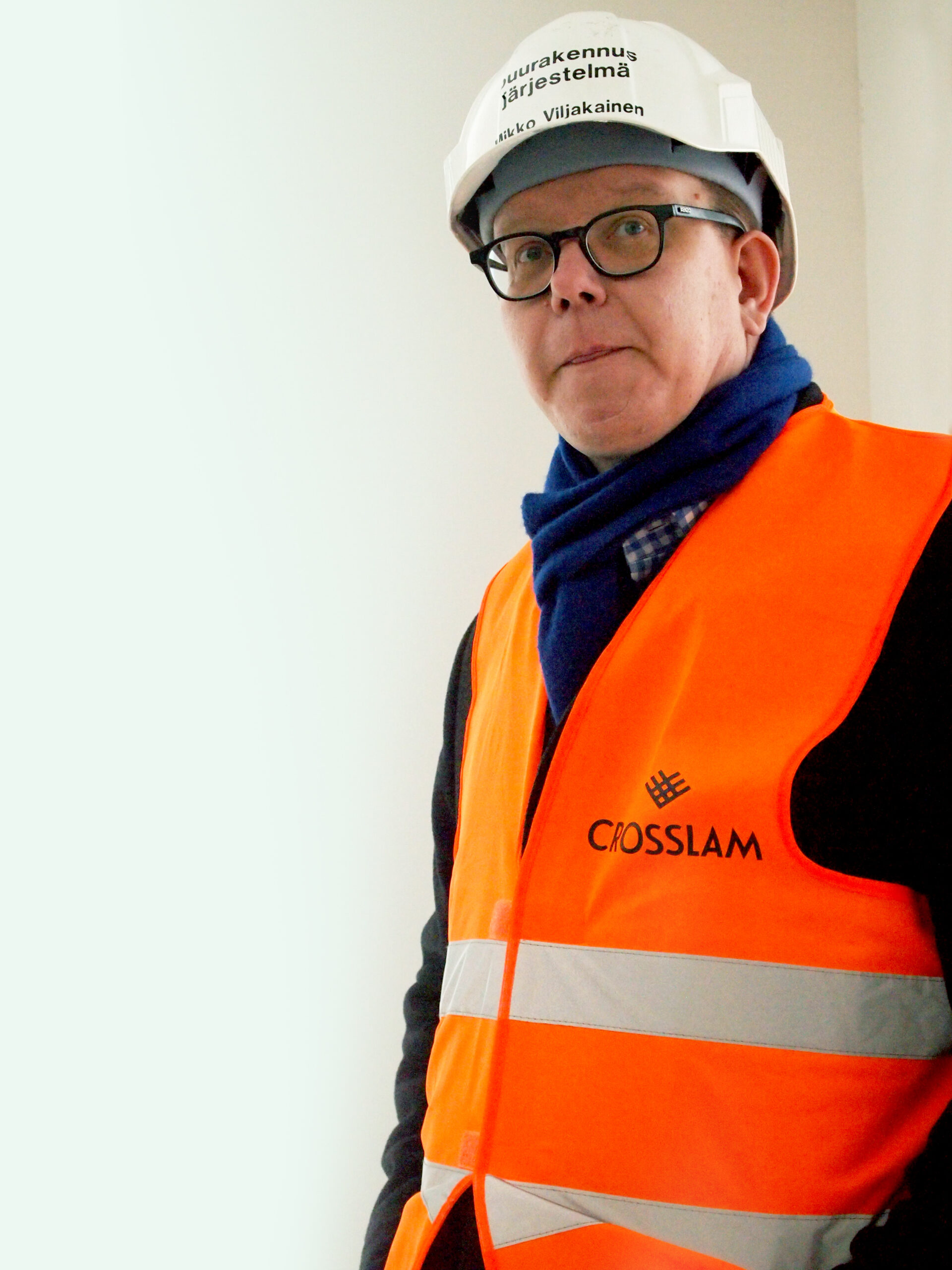Finnish Forest Foundation: 20 years – 30 million euros

During its 20 years of existence, the Finnish Forest Foundation has sponsored the promotion of forest livelihoods by EUR 30 million. The activity is financed by a voluntary contribution in connection with timber deals.
Ms. Liisa Mäkijärvi, Executive Director of the Finnish Forest Foundation, stresses that the important aspect of the Foundation’s fund-raising is that it is voluntary. ”We decided to believe in this approach right from the beginning,” says Mäkijärvi, who sat on the first Board of the Foundation.
The intended target was that the Foundation would receive a sales promotion fee on 50 percent of the timber deals concluded between the industry and family forest owners. The target has not been reached, but the share is something below 40 percent.
Participation in financing the Foundation has been high in Lapland, where forest owners have benefited tangibly from support from the Foundation, especially in connection with the forest disputes in Upper Lapland. Regions with substantial forest resources, such as North Karelia, South Savo and Central Finland, have also participated actively.
The Foundation’s revenue has been a steady EUR 1.8–2 annually, despite the ups and downs encountered by the forest sector. The market conditions of timber trade, for example, do not affect the revenue directly, because the fee is actually paid in connection with the final payment after harvesting, and this may sometimes occur as late as 3 years after the deal was concluded.
”We have been able to distribute EUR 1.4–1.5 practically every year, with the exception of a couple of years when the sum has been even higher,” says Mäkijärvi. The Foundation itself does not initiate activity, but only finances the activities of other bodies.
Voluntary contributions were not self-evident

From the start, the objective was to link the collection of the sales promotion fee to normal activity within the forest sector. The important thing was to determine which activity in the forest sector would never stop, no matter what happened.
The bodies debating the setting up of the Foundation decided to link the fee to timber deals, thinking that by the time timber trade ceases, all other forestry activity will also have ceased.
Opting for a voluntary fee was not self-evident. Not everyone believed that enough money could be derived. On the other hand, an obligatory fee might have given actors outside the forest sector the opportunity to decide on how to use the money.
So it was decided that the seller of the timber, that is, the forest owner, may decide whether to participate or not. On the other hand, the buyers, or the forest industry, promised to pay the exact same amount to the Foundation, if the forest owner decides to participate.
This was a way to guarantee that the buyers and sellers would contribute to the finances of the Foundation equally, both with a share of 0.2 percent of the value of an individual deal. The state forest company Metsähallitus committed to pay a lower fee, 0.1 percent of sales at delivered price, on all its deals, and the industry buying timber from Metsähallitus agreed to do the same.
The Foundation weathered the lean years
According to Mäkijärvi, the activity financed by the Foundation has remained very similar across the years: communication activity to support wood construction and production connected with it, forest sector cooperation with schools, communication directed to decision-makers, general communication activity on forest issues and social and economic research on forest livelihoods.
A recent target for funding is communication activity supporting the sales of new, wood-based products of forest bioeconomy.
Mäkijärvi strongly believes that the funding has been of great significance. ”To understand this, one could look at matters from the opposite direction: supposing we hadn’t had this money at our disposal during all these years,” she says.

”Would we have the kind of promotion for wood construction that we have today, would we have the annual Forest Quiz targeted to schoolchildren, with nearly one million participants, would we have the Forest Forum for Decision-makers with its 1,100 participants, would we have forest certification,” asks Mäkijärvi and mentions that the situation of the PEFC certification in Britain and the Netherlands, for example, would definitely be much weaker if the Finnish Forest Foundation had not provided funding to promote it.
The EUR 1.5-million kitty was also available during the gloomiest years of the forest sector towards the late 2010s. ”Lots of people were wondering at that time who would be the one to switch off the lights. However, the Foundation did not cut back its activity at any point, and for that, of course, we owe heartfelt thanks to the participating forest owners, as well as the representatives of timber buyers who encouraged them to join in,” says Mäkijärvi.
The Finnish Forest Foundation celebrates today its 20th anniversary. The Foundation also provides financing for the forest.fi website.
Kirjoita kommentti